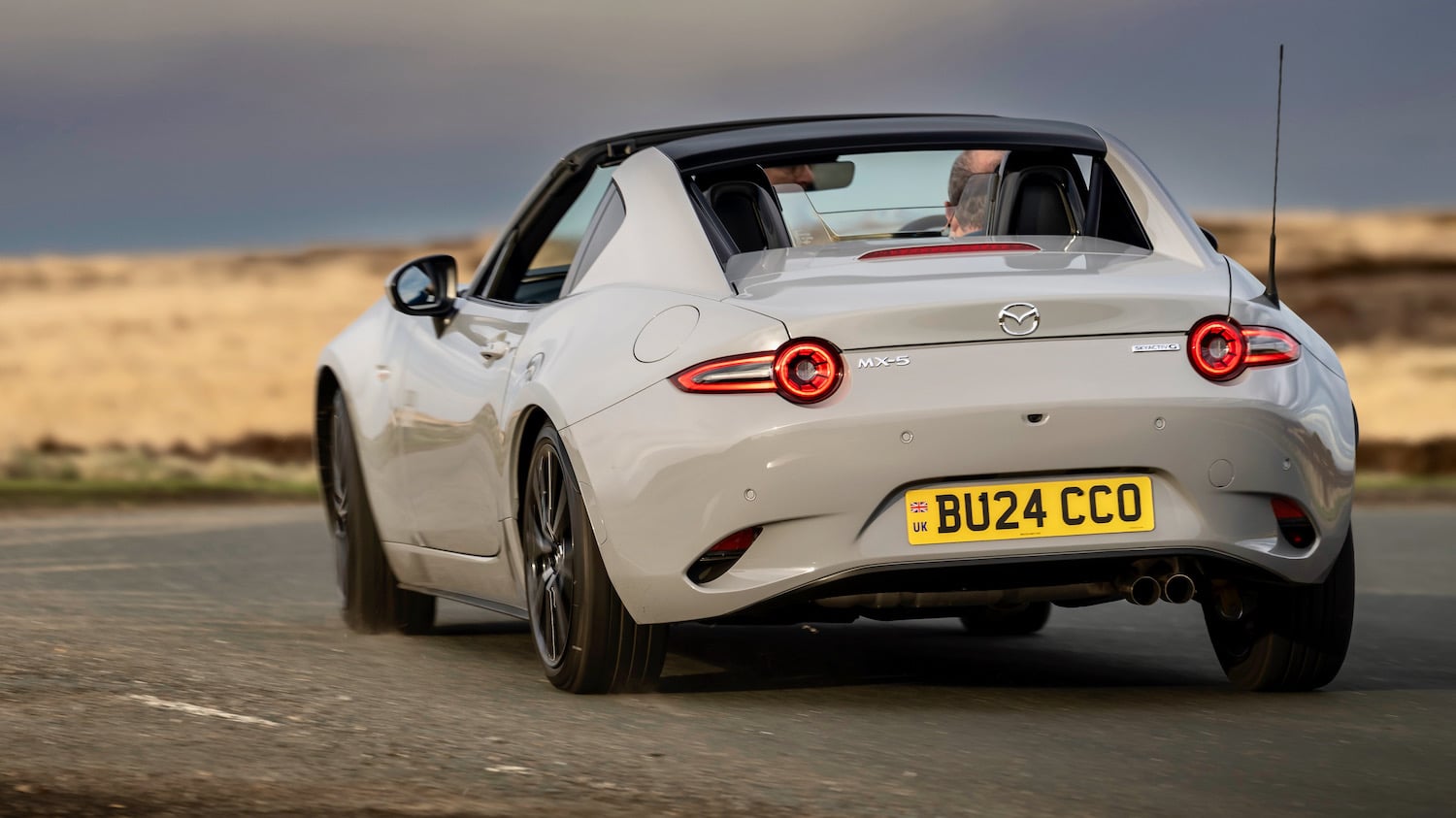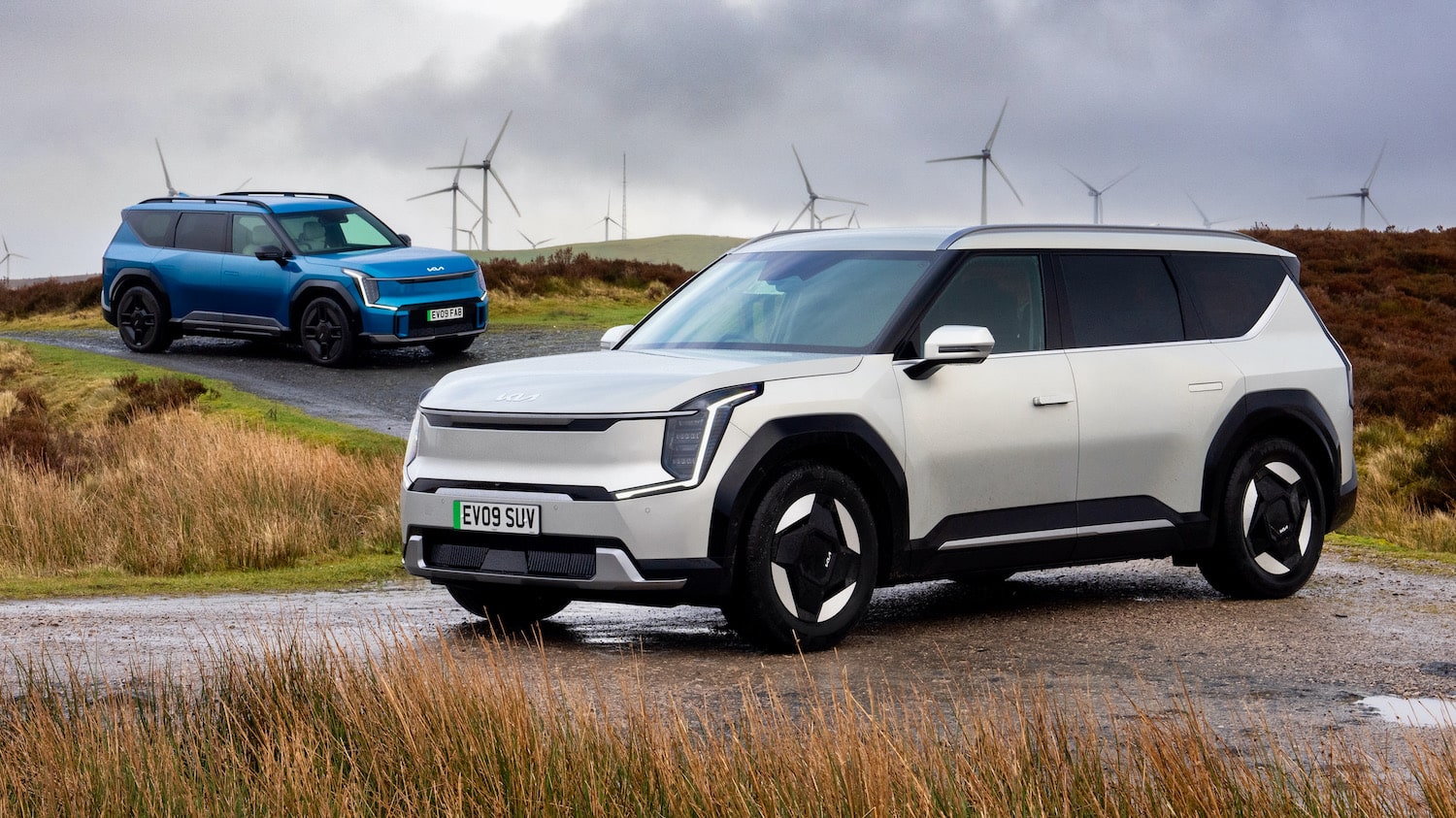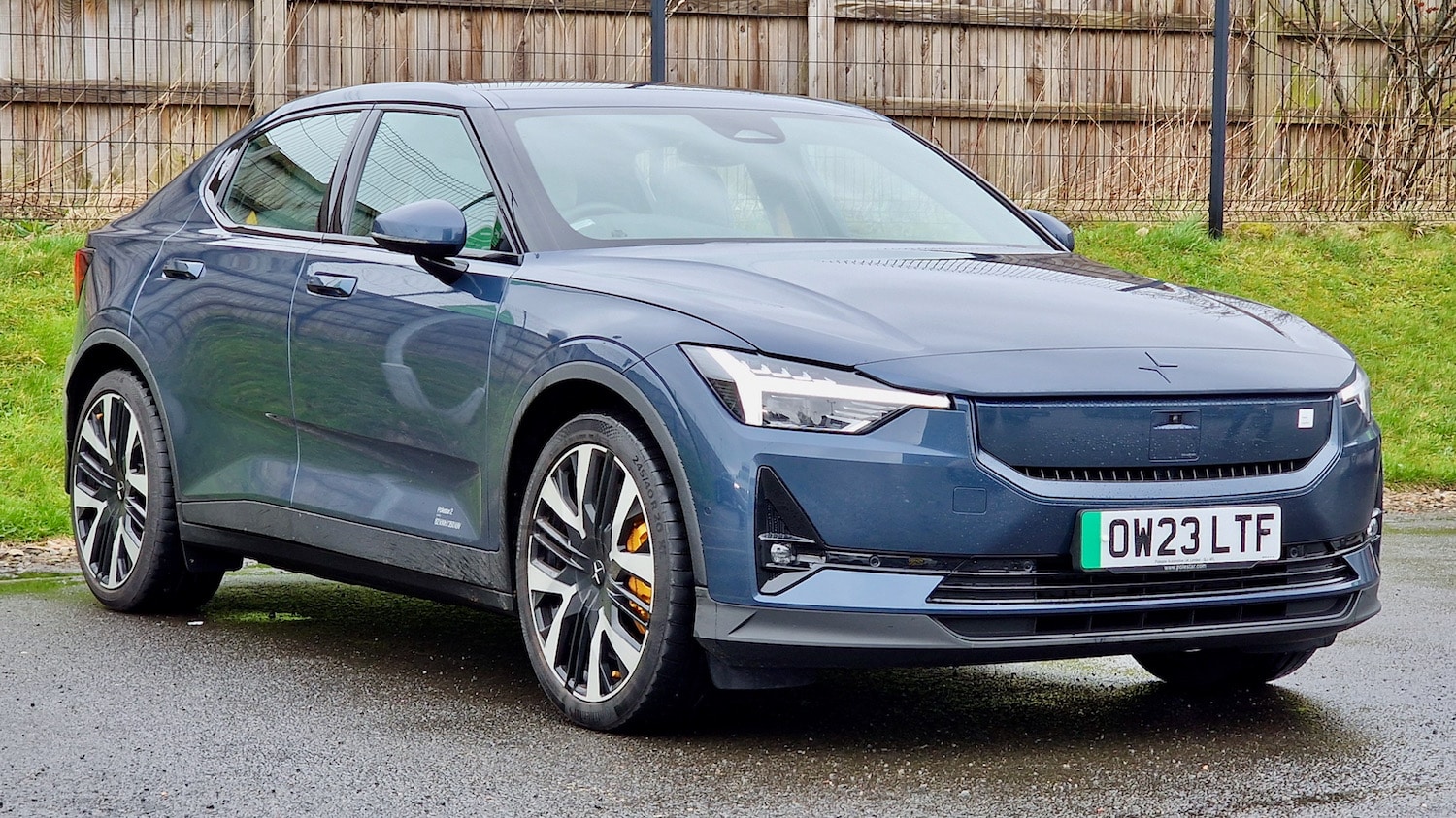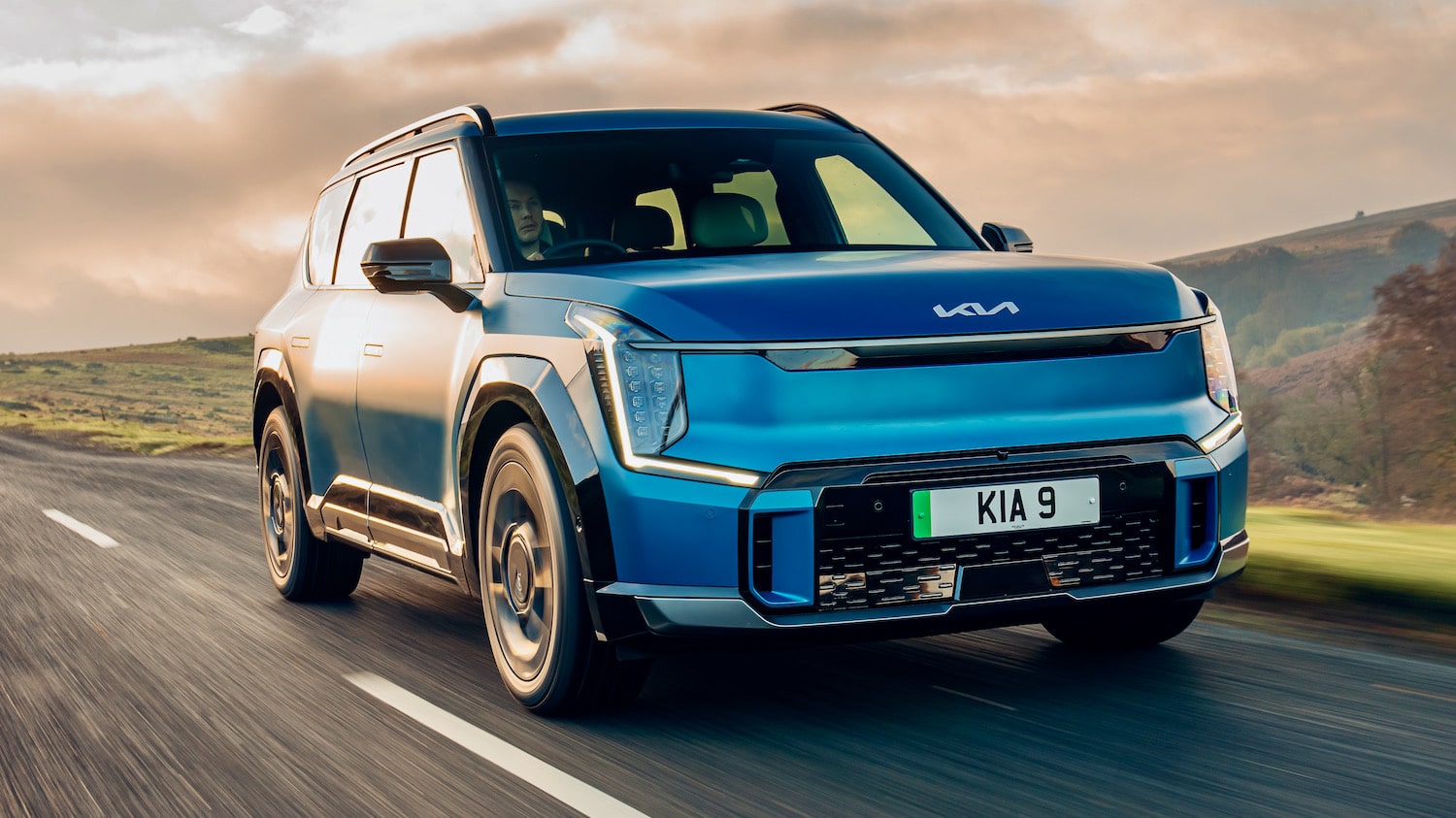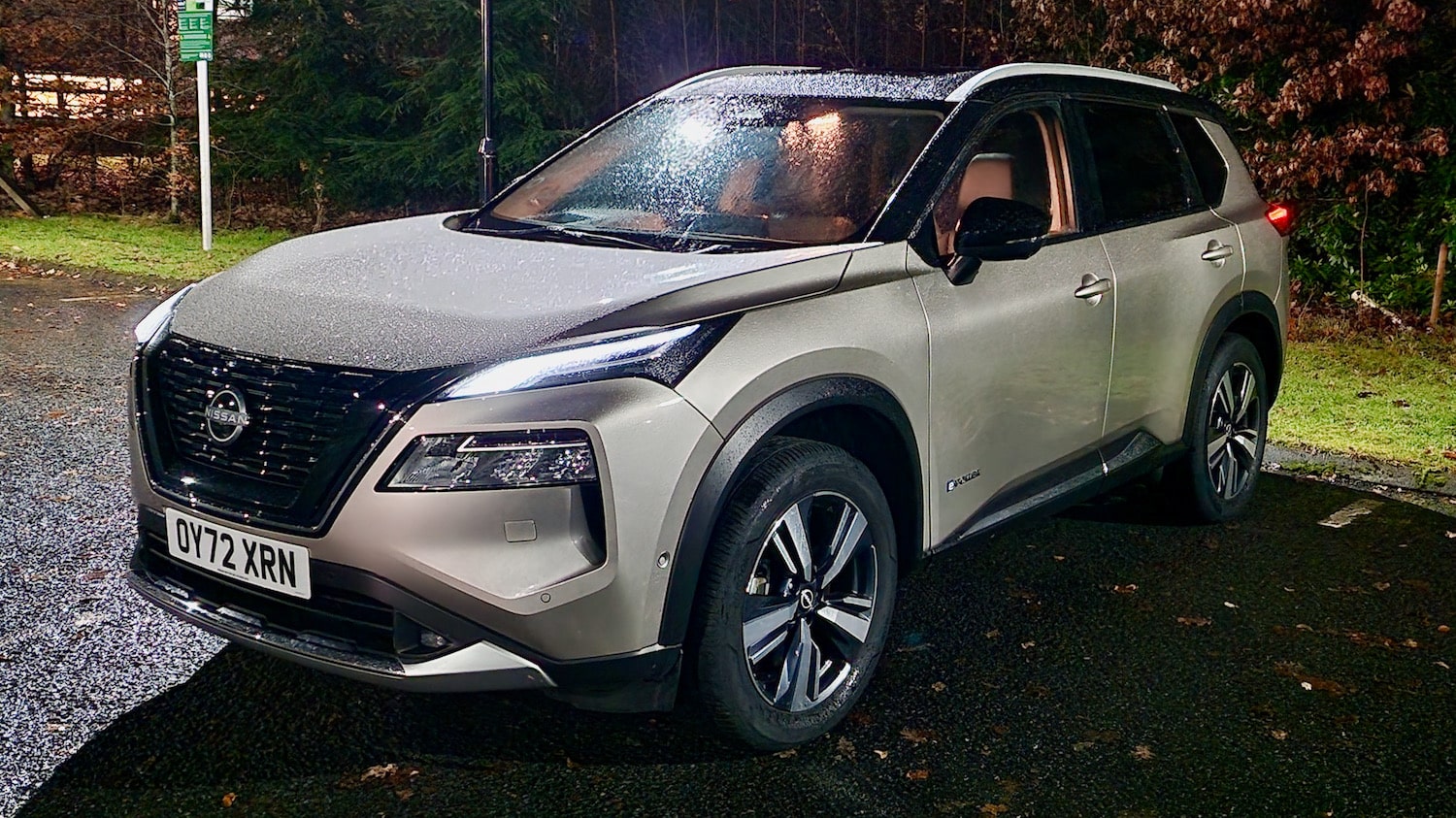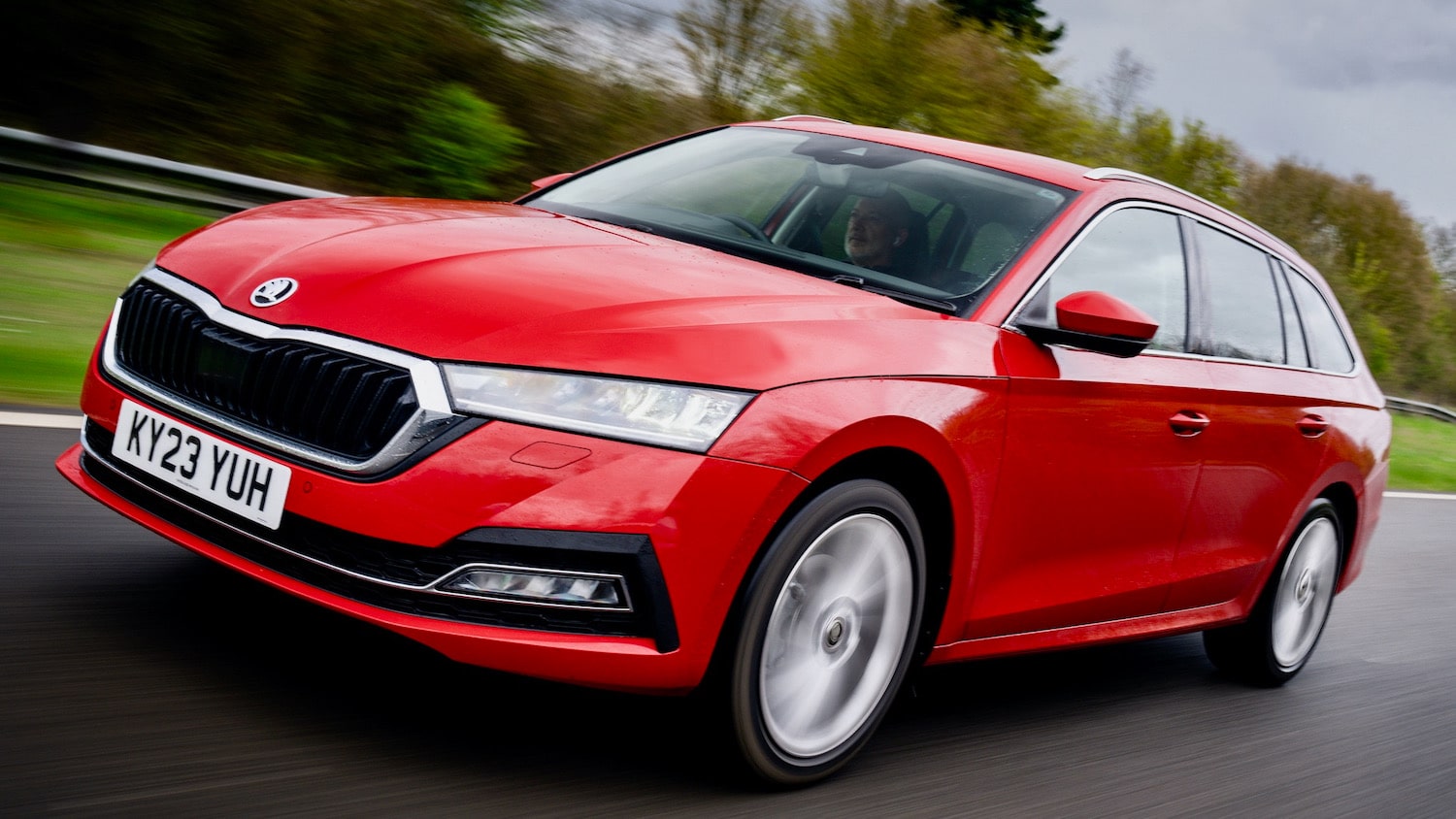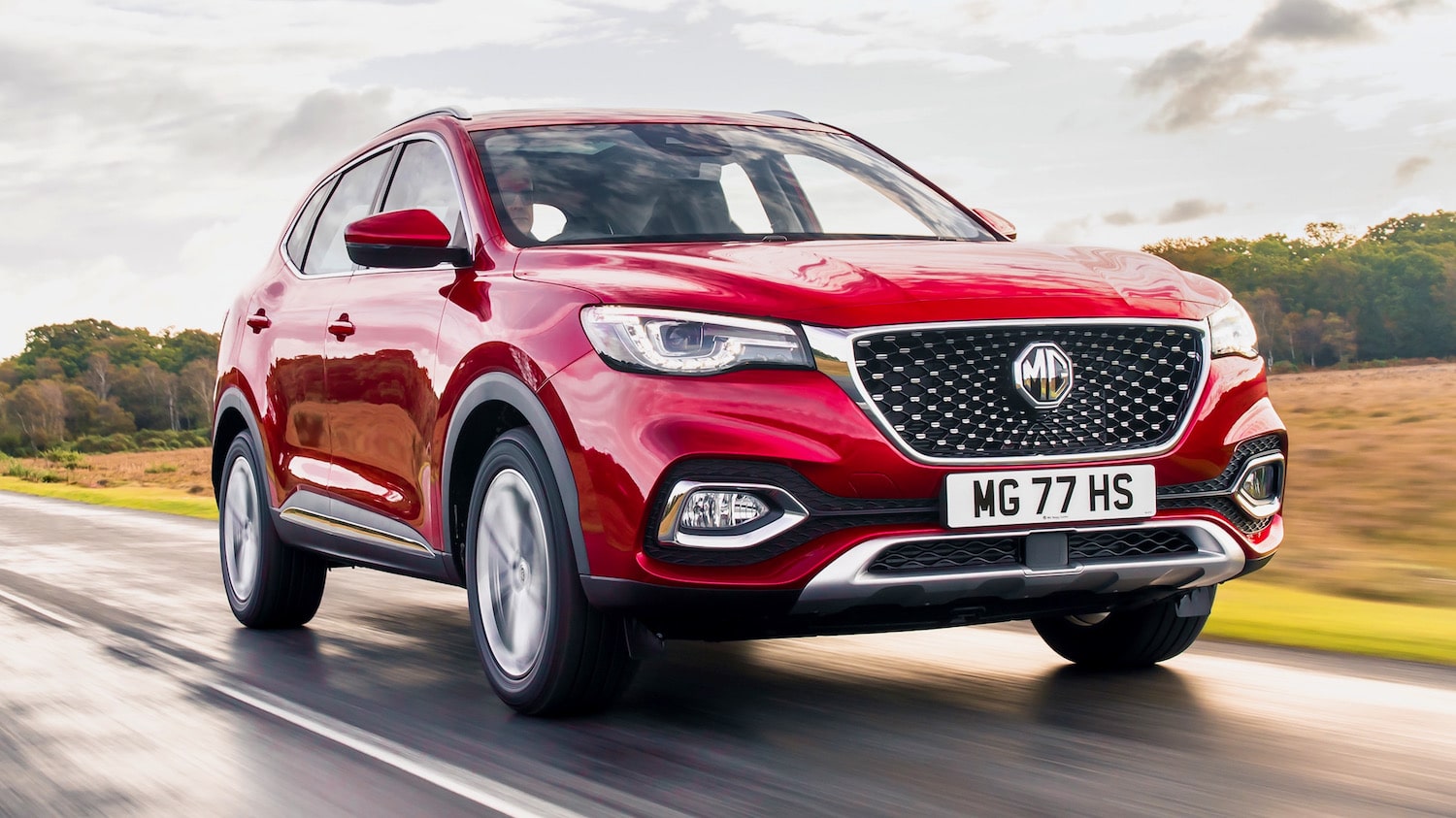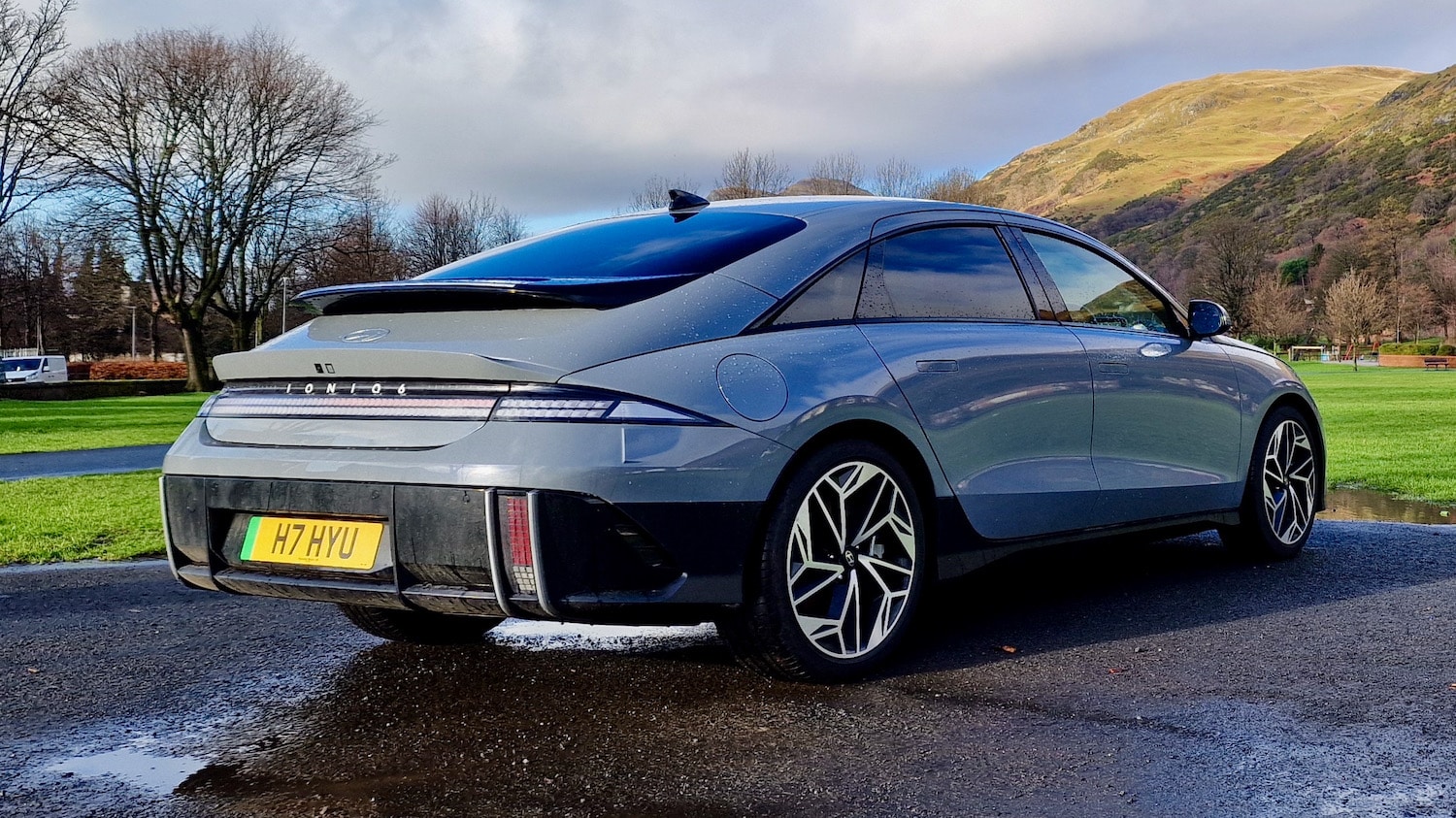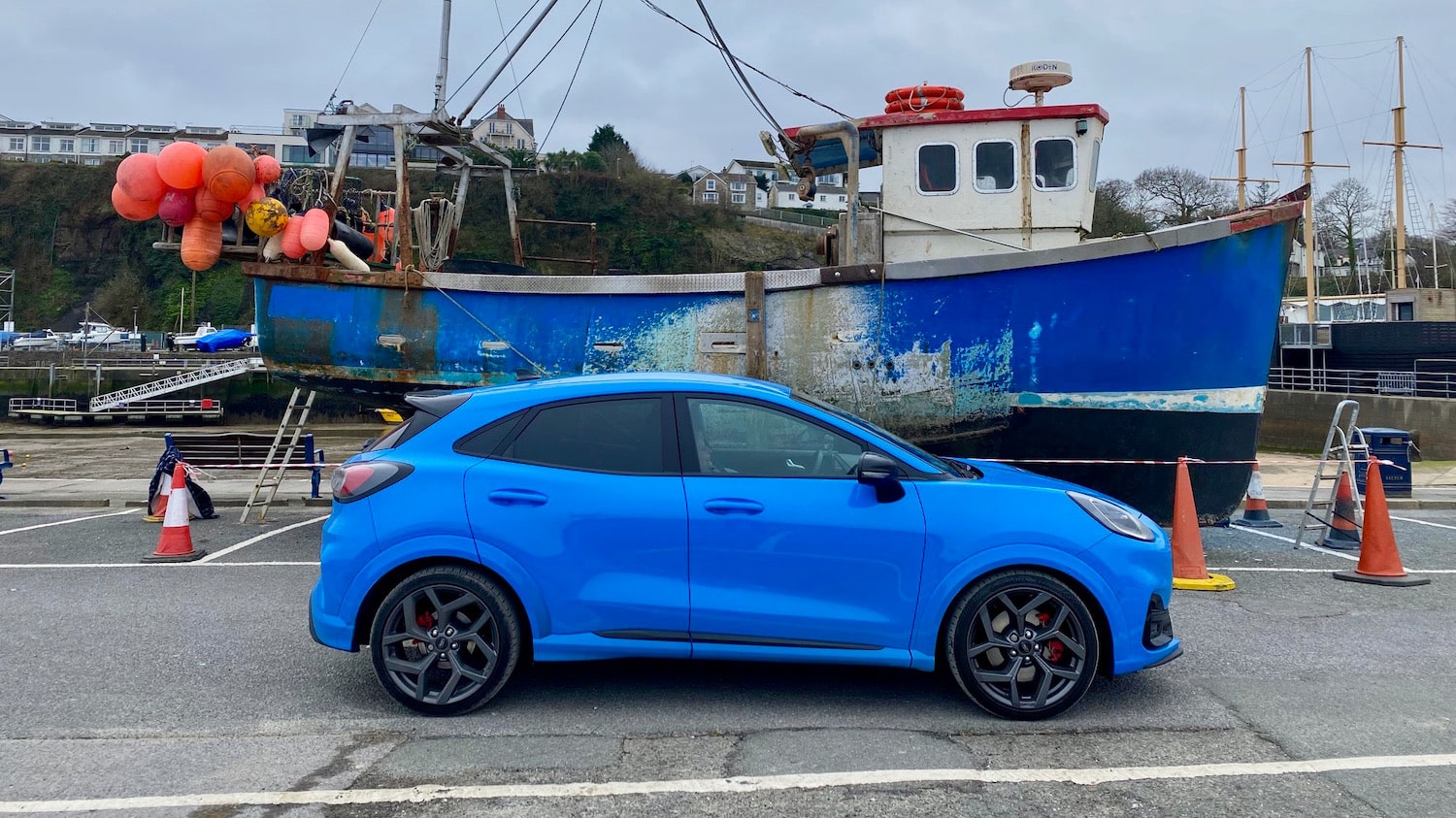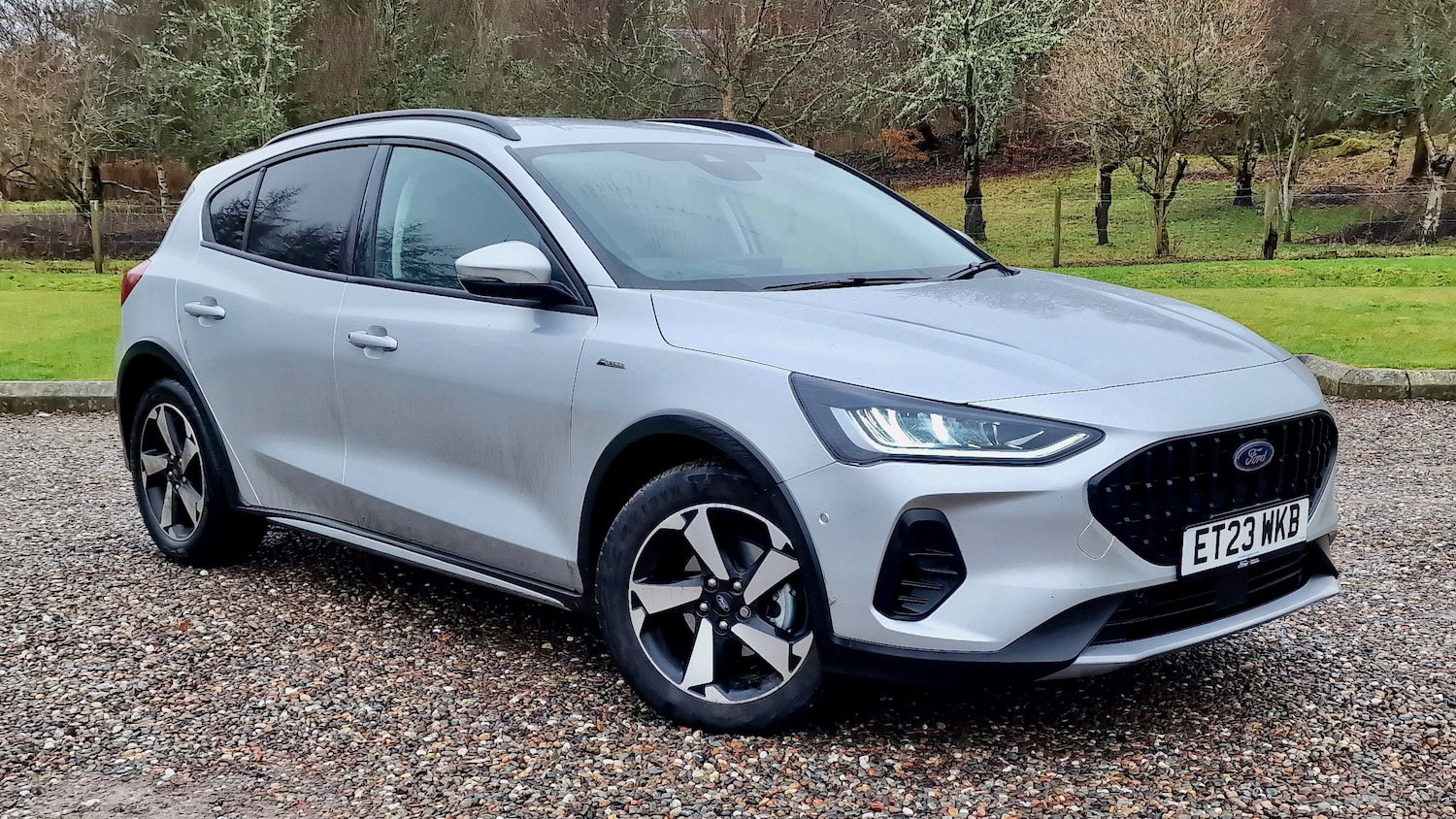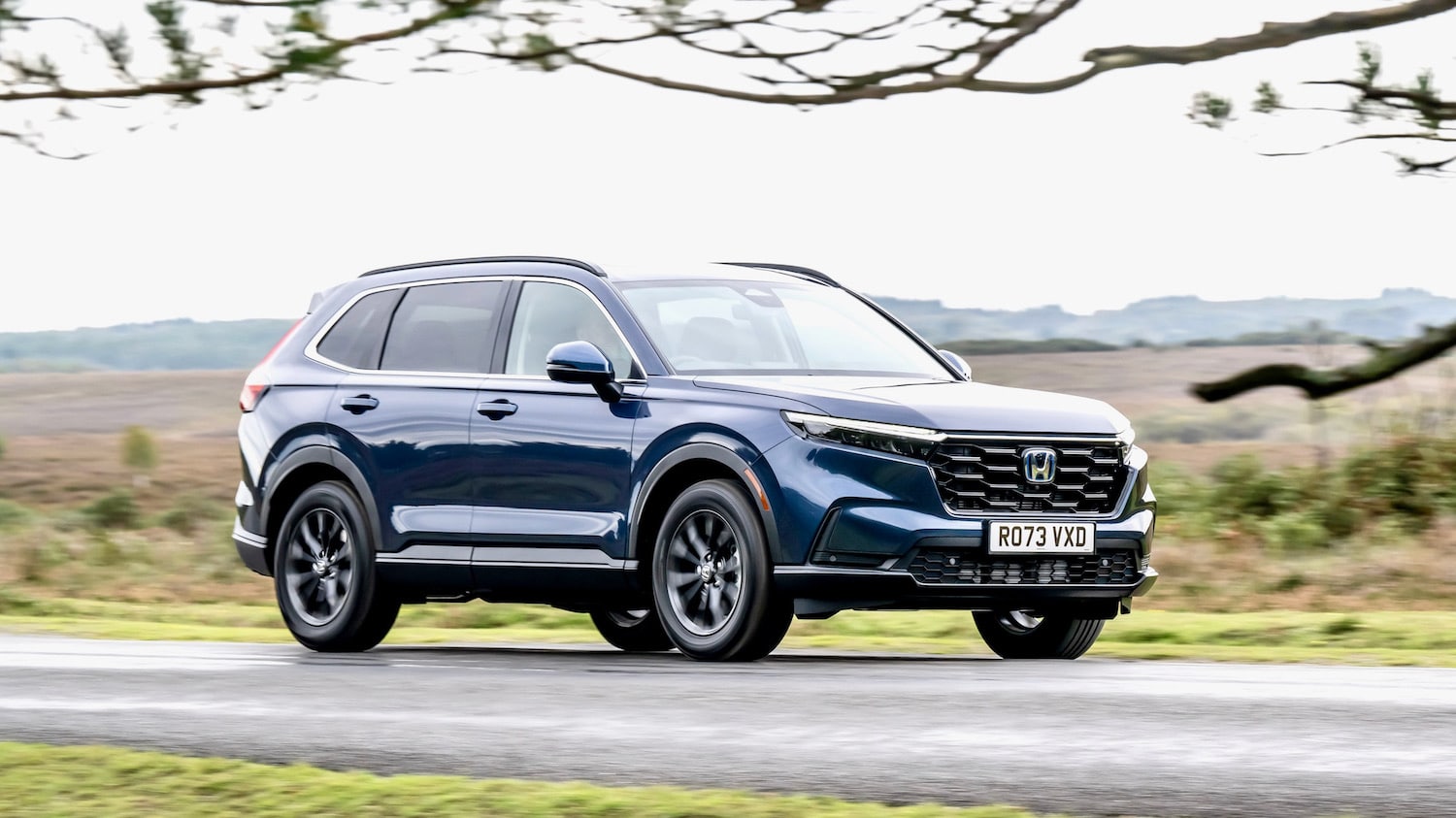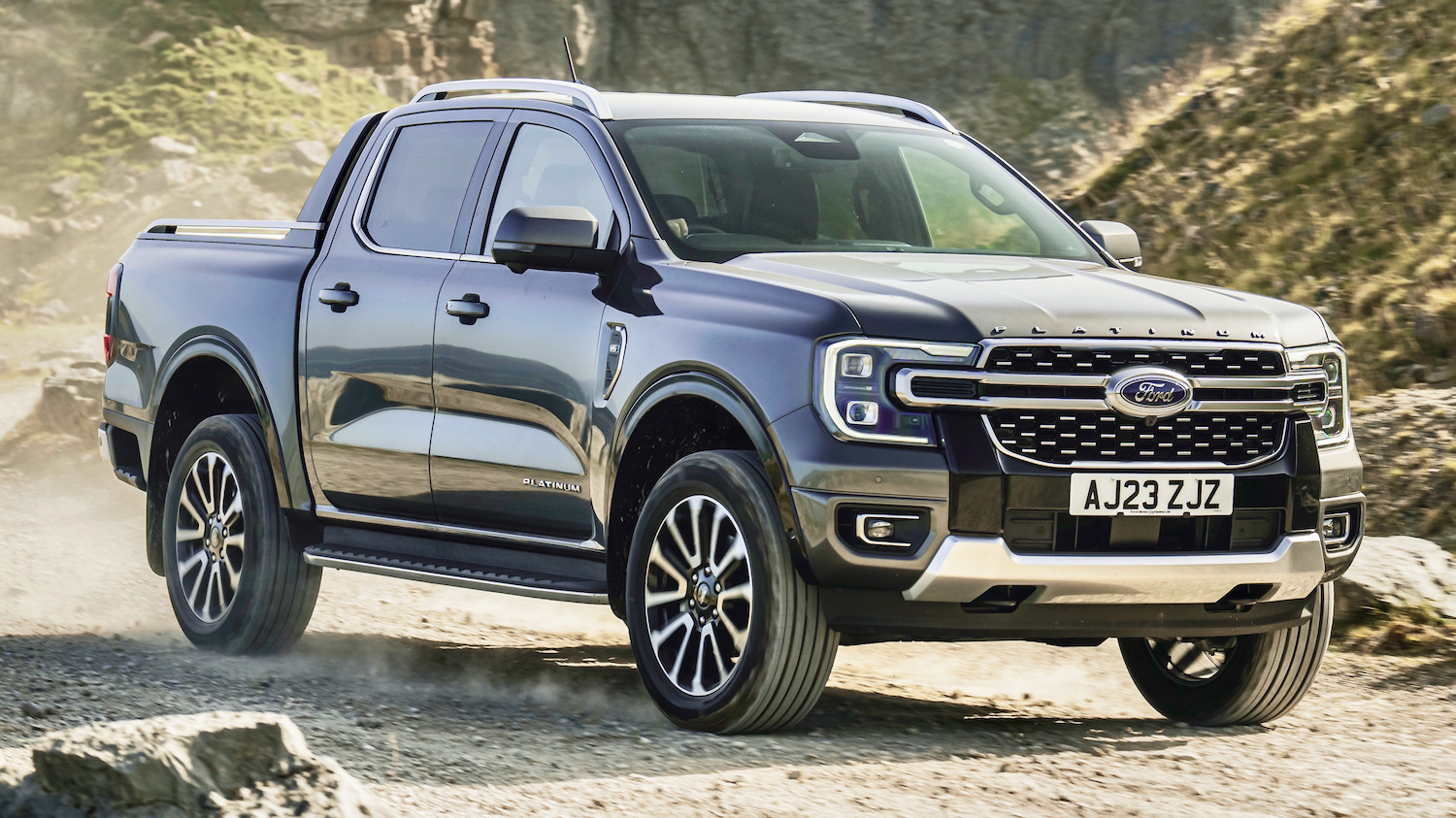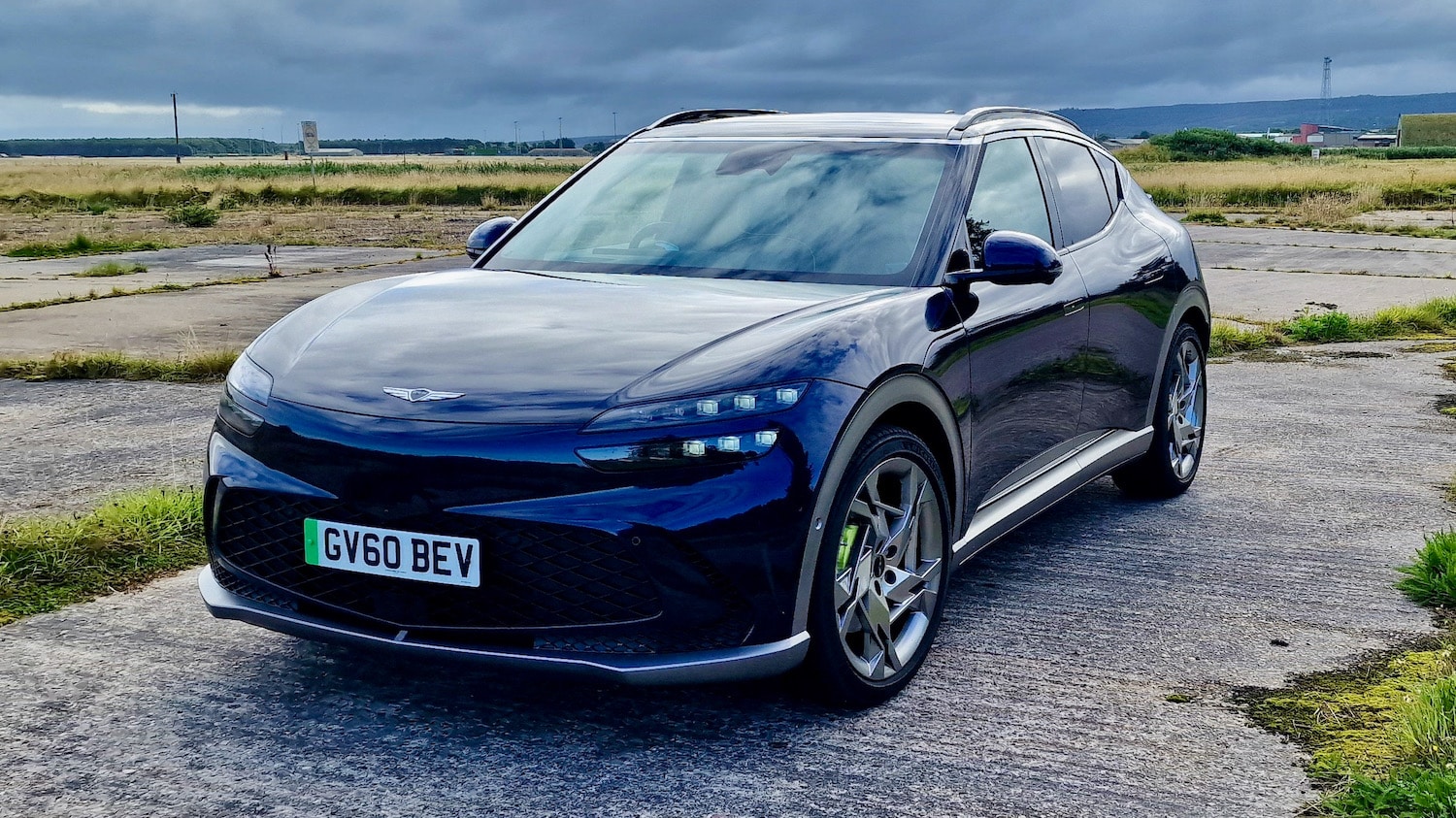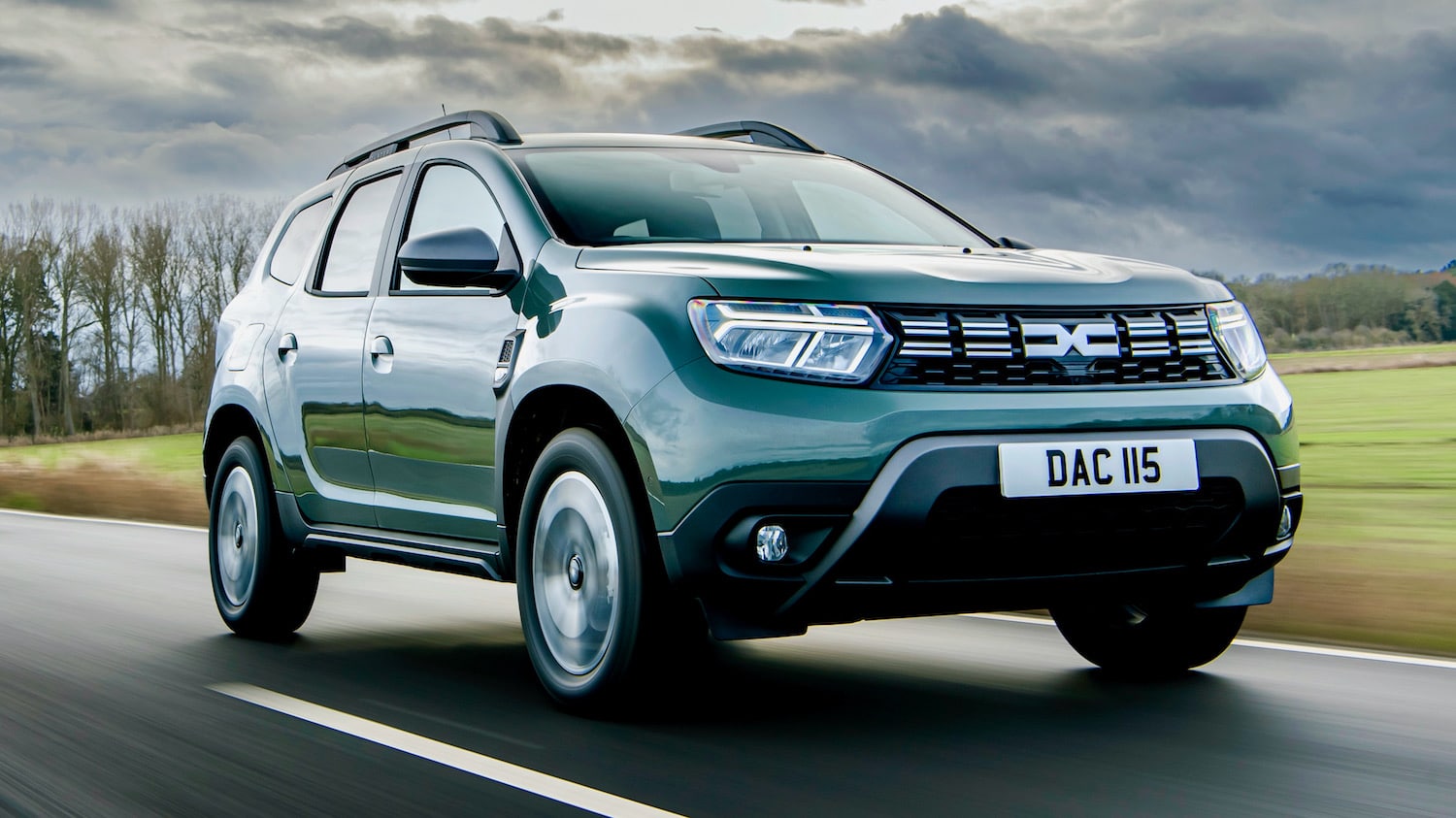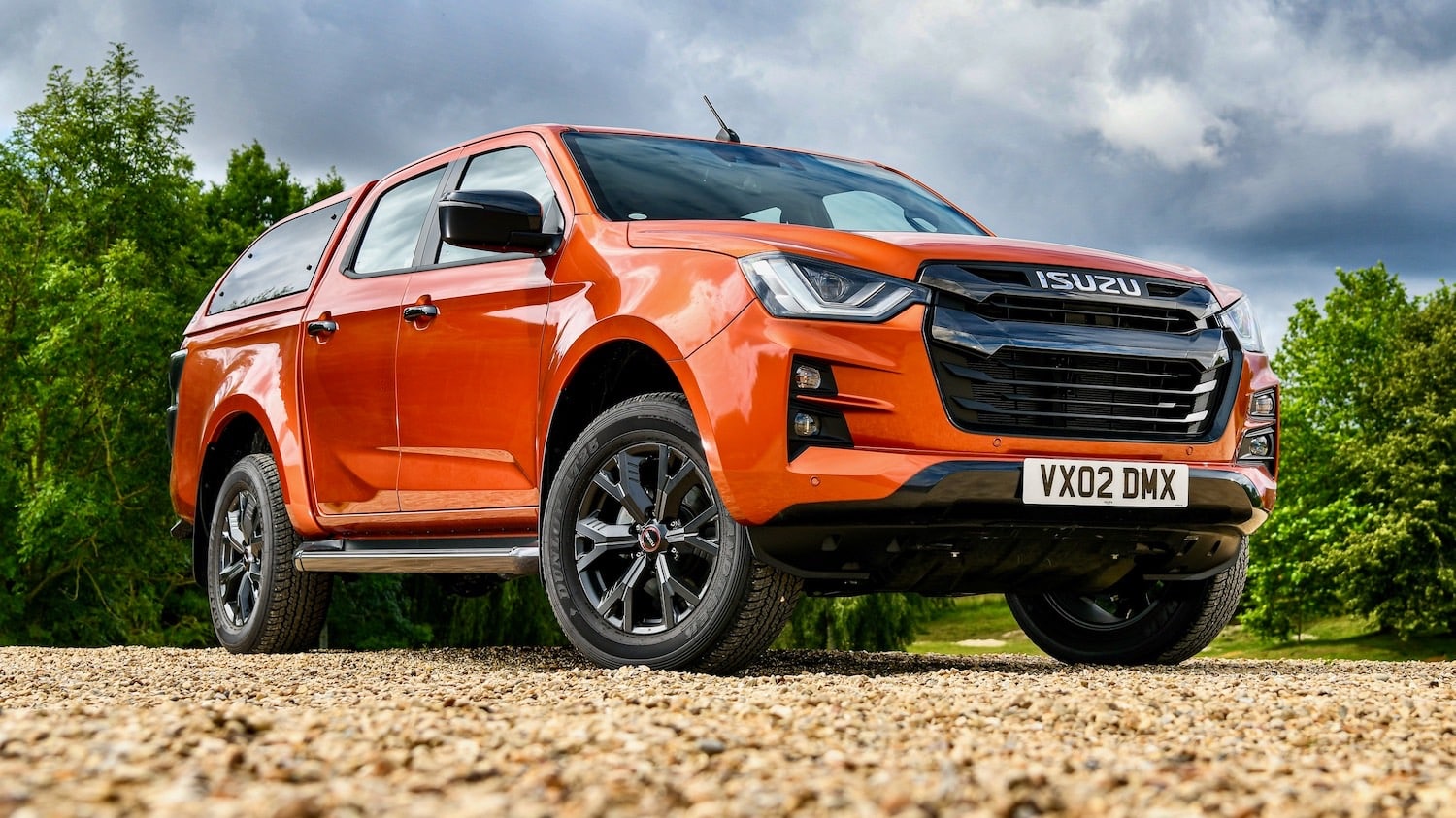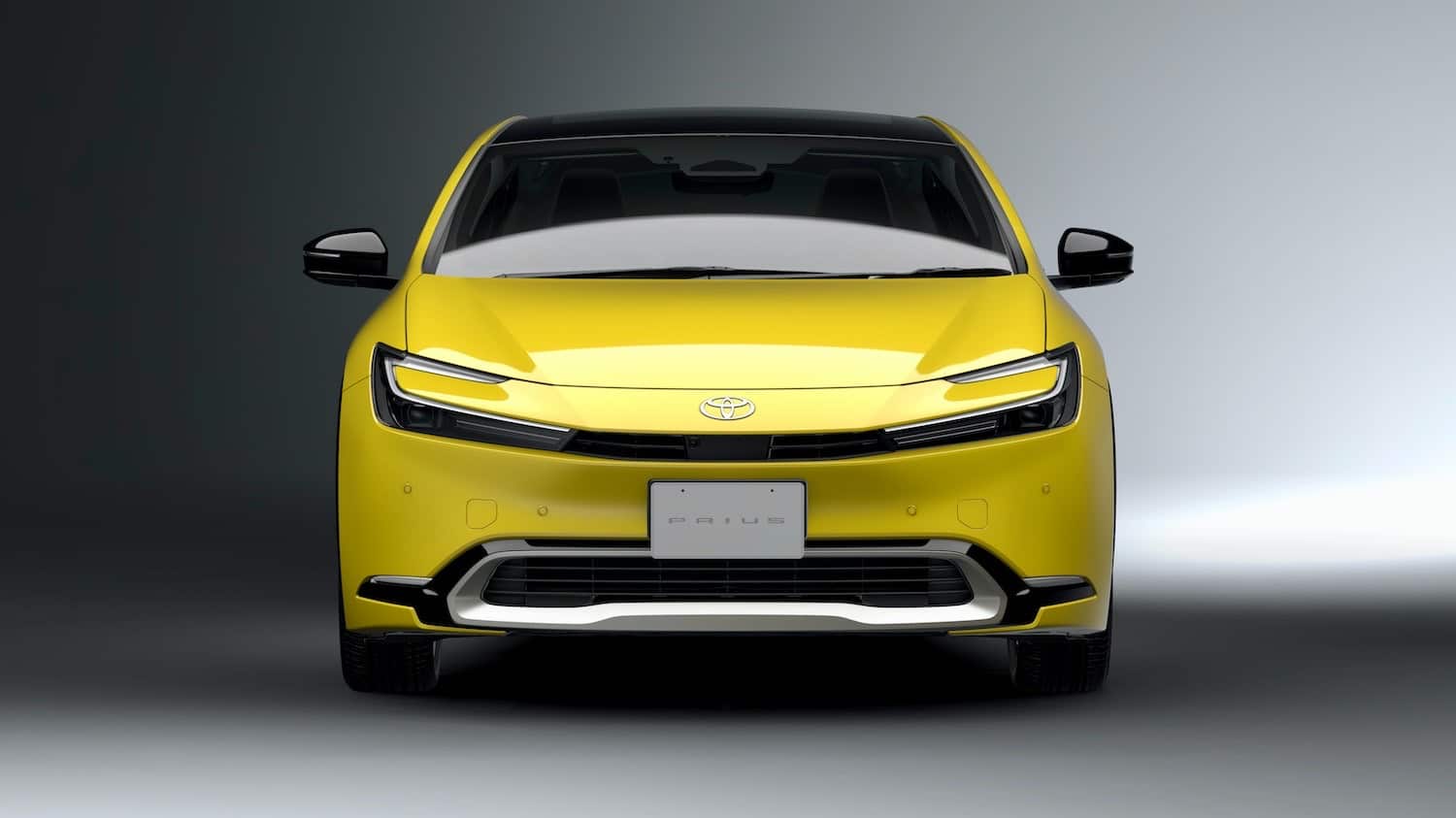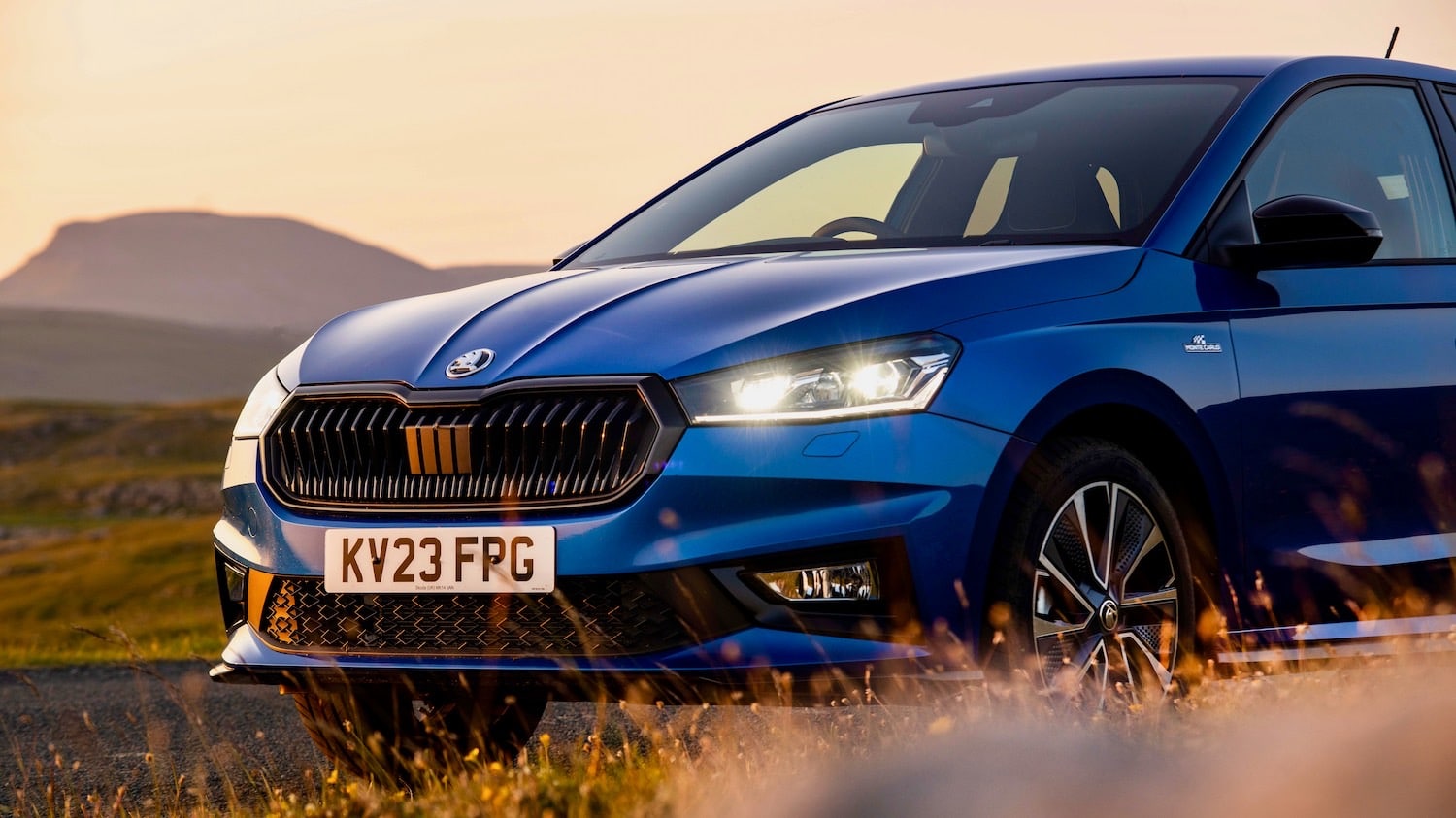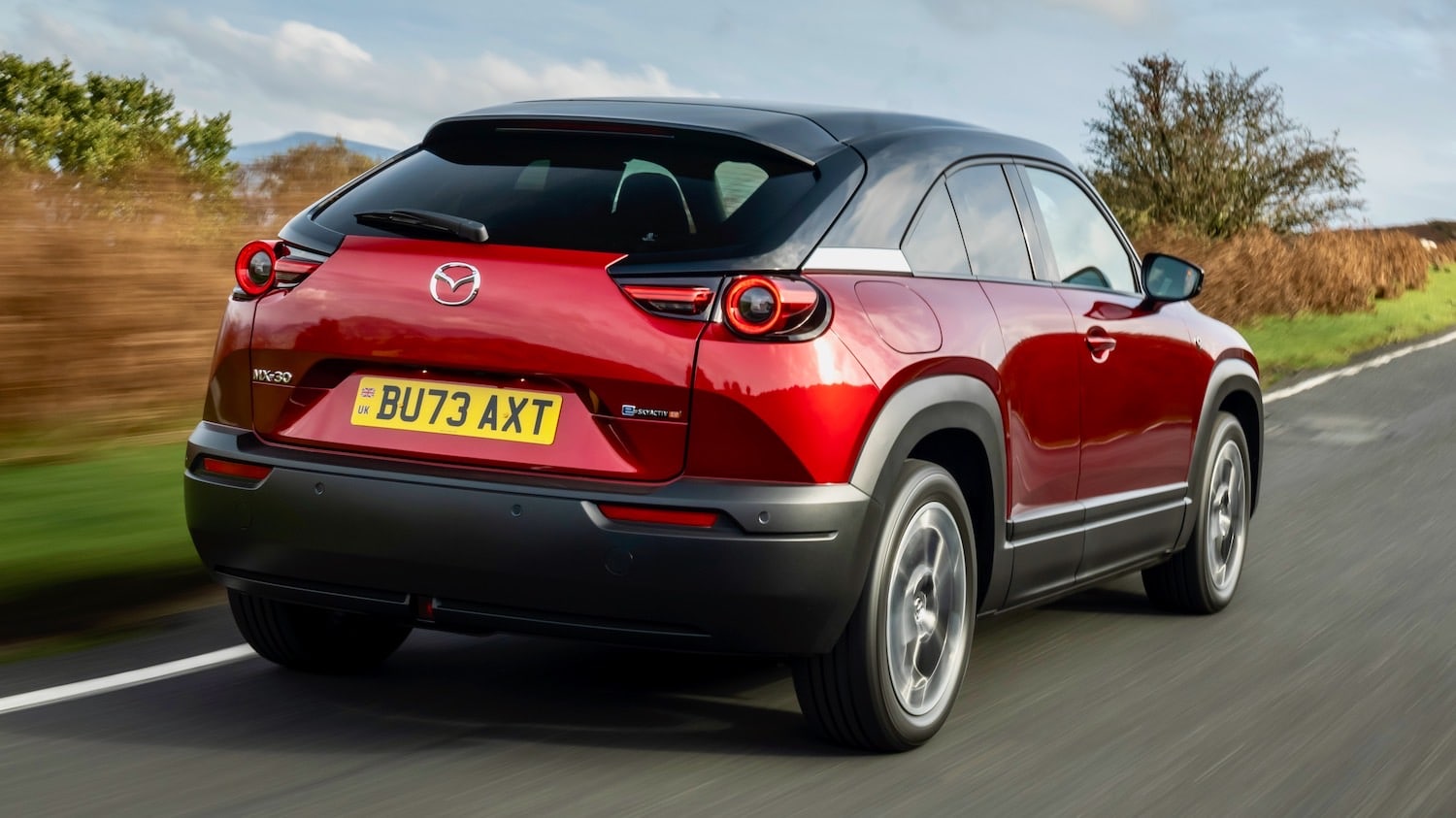British car industry? Been in decline for years hasn’t it? I mean look at Marcos, gone; look at TVR, gone. Look at Bentley and Rolls Royce, sold to the Germans; Land Rover & Jaguar are Indian owned and Lotus has been Malaysian for years. Sure, we here on this sceptered isle manufacture thousands of cars for Honda, Nissan, BMW, Ford, Vauxhall, Toyota and even MG, which is Chinese now.
But what of the actual, real British car industry? Designed, manufactured and owned in the UK. Well, if you scratch the surface the picture does start to look a little rosier.
Aston Martin is without a doubt the single most iconic British automotive brand in history. Until recently owned by Ford, Aston Martin was bought in 2007 by a joint venture consortium headed by Dave Richards. Richards also owns Prodrive, itself a hugely successful company and part of Britain’s massive motorsport industry – but that’s an article for another day. Show a young boy a profile picture of a DB5 and he’ll name it immediately as an Aston Martin. The company, founded in 1913, has an impeccable back catalogue but today’s range includes the DBS, DB9, Vantage and Rapide. All surely destined to become future classics. 2010’s Aston Martin is a lean, mean, fighting machine, competing with the world’s top manufacturers for kudos. Ferrari, Lamborghini, Bentley, Porsche are all mentioned in the same breath as Aston Martin. Surely a modern, British success story.
A company destined to become as iconic a name as Aston Martin, in car design and manufacturing, is McLaren. Notwithstanding McLaren’s racing pedigree (eight F1 manufacturer’s championships, twelve driver’s championships) the car company is a relatively new entity. From 1992-1998 McLaren produced the F1 road car. In its day it was the fastest, most expensive, most exclusive, most desired car on the planet. Indeed such is the F1’s legacy that if you wanted to buy a second-hand F1 today it would cost three times more than the original asking price. Then, in 2003 came the Mercedes-Benz SLR McLaren. Big, heavy and powerful. It ticked more Mercedes boxes than McLaren; its nearest competitors were Mercedes own AMG SL’s. McLaren made a spectacular return to form in 2009 with the MP4-12C. Built on site at Woking, designed by McLaren themselves and managed by Ron Dennis the MP4-12C is profiled extensively elsewhere on this website. Suffice to say it is amongst the most exciting and desirable supercars available today.
[ad#Google Adsense 468 x 15 hor]Morgan is another iconic British brand. For years Morgan was known primarily for its humungous waiting list and its unchanged line-up but they have been dragged kicking and screaming into the twenty first century. The company was founded in 1911 by Henry Morgan and, unbelievably, is still owned by the same family. Charles Morgan took over in 2003 from his father, Peter who himself ran the company for forty-four years. In 2000 the company introduced its first new model since 1948, the Aero 8. Morgan hand-builds fourteen cars a week and is still going strong, although the waiting list is now shorter. The Aero 8 and its sister car the Aeromax are undoubtedly modern cars, with alloy chassis and frame rather than the wood used in traditional Morgans, but their shape is unmistakably Morgan. Like Porsche, with its evolving 911, a Morgan could never be mistaken for anything else.
Bristol. Mention the name to anyone who isn’t a petrol-head and you will undoubtedly be met with a puzzled expression. But Bristol have been making cars since 1945 from their base in….can you guess? OK, Bristol. Bristols are expensive, exclusive and discrete. They make the Blenheim, a luxury saloon car with a stonking great V8 engine and the Fighter, a sportscar. The Fighter T, the turbo-charged version, boasts some outstanding statistics. Let me explain – 1012bhp, top speed of 270mph (limited to 225mph) and a kerb-weight of 1595kg. Which is pretty amazing really. Why hasn’t anyone heard of Bristol? Because they don’t want us to. They have more customers than they need, so why chase publicity?
Another company fighting at the top of its game is Noble. Since 1999 Noble have been producing fantastic British sportscars. The M10 started the ball rolling. Universally acclaimed, the car used a Ford 2.5 litre engine mated to a lightweight chassis with razor sharp handling. Plus the build quality was up to scratch. Noble survived when so many of their competitors didn’t, and in 2009 released details of the M600. 0-60mph is achieved in 3 seconds flat whilst top speed is a theoretical 225mph. The car will cost £200,000 and they will make fifty a year.
Next up are a brace of manufacturers who make cars based on the old Lotus 7 design, Caterham and Westfield. Both are successful, and British. Caterham is the more adventurous of the two; their latest car is the Superlight R400. The R400 uses a 210bhp Ford engine and can achieve 0-60mph in 3.8 seconds but its killer app is its weight, which is an astonishing 515kg. This gives 420bhp per tonne. Hypercar territory for ‘just’ £30,000.
The final two companies on the list are Ginetta and Ariel. Ginetta have made lightweight sportscars for over fifty years whilst Aerial are the new kids on the block, having made the exoskeletal Atom since 1996.
So, in conclusion, is the British car industry on its knees? On the above evidence, absolutely not. Aston Martin and McLaren form the top tier. Both have solid roots, an immaculate image and showcase British engineering at its finest. The rest, a combination of companies who have survived harsh times, and up and coming talent can only continue to prosper.
Indeed with a new government and a new optimism fuelling the seeds of growth surely we can look forward to a new dawn of British car making. Gordon Murray, the brains behind the McLaren F1, is at the vanguard of a new movement. With a small team he has developed the T25, which he hopes will become a new British icon. The T25 is tiny, lightweight and safe. It uses modular construction for a more efficient build process. It will be cheap, it will be green, it will be flexible and it will be the future.
The British car industry is dead? Long live the British car industry.
Some interesting links – McLaren AstonMartin GordonMurray Bristol Morgan Noble Caterham Westfield Ginetta Ariel Prodrive
[ad#Google Adsense 468 x 15 hor]
